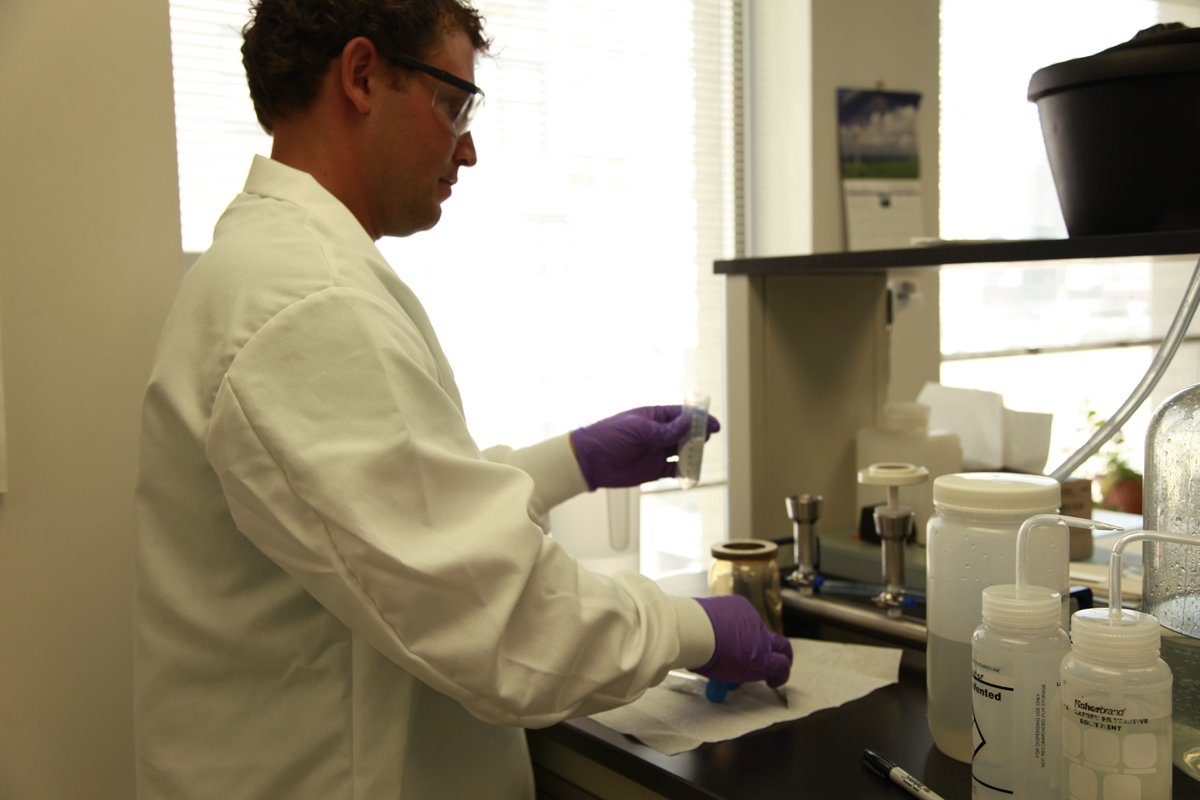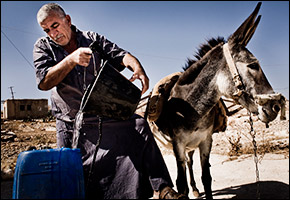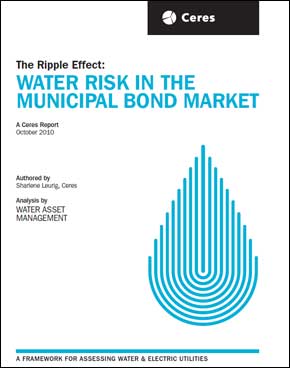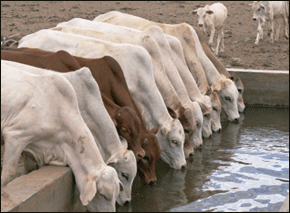Peter Gleick: The Denominator Problem; Misleading Use of Water Numbers
I’m a believer in the power of facts and numbers to help make public policy. I believe that without good science and without good numbers, it is difficult to make good public policy. And it is impossible to make good public policy with bad numbers.
The good news is that most policy makers understand this. The bad news is that there are people and groups (on both the left and the right) who work to produce or disseminate bad numbers as a way of influencing policy decisions in their favor. I’ve addressed these broad questions of the misuse of science in testimony to the U.S. Senate in 2007 and the Institute launched an Integrity of Science Initiative in 2005 to explore case studies of the abuse and misuse of science. We’ve described a number of remarkable abuses over the years.
Often, the generation and use of bad numbers comes down to what I describe as the “denominator problem.” Numbers are often represented as a percentage or fraction or ratio of something: for example, a new “high efficiency” toilet uses around 20 percent (or 1.2 gallons divided by 6 gallons) of the water used by an old, pre-1994 toilet. Or the average American uses around 1500 gallons of water each day (calculated by dividing the fresh water used for everything nationwide by the total number of Americans).
But the choice of the denominator has a huge influence over the end result, and there are a growing number of examples where the choice is made for political purposes, to come up with a result more favorable to a particular political position. Here are two examples:
Water Number: 0.019% or something much larger.
What is the fraction of groundwater used for bottled water? A substantial amount of the bottled water sold in the United States — around 60 percent — comes from groundwater. This water is typically labeled “spring” water according to regulations set by the FDA. In recent years, there has been growing public opposition to the construction of large spring water bottling plants in small rural communities in Maine, Michigan, California, Colorado and elsewhere because of fear, and some direct physical evidence, that such large plants adversely affect local groundwater levels, flowing springs and local wetlands. In response, the bottled water industry, led by the International Bottled Water Association, launched a campaign (including testimony to state and federal legislators) arguing that there was no problem because “ground water withdrawals for bottled water production represent only 0.019 percent of the total fresh ground water withdrawals in the U.S.” Ah, here rears the ugly head of the denominator problem. This number is probably very close to true. It is also completely irrelevant and misleading. The proper denominator should not be total U.S. groundwater withdrawals, it should be some measure of local groundwater availability, or use, or yield — a much smaller denominator. In this case, a bottled water withdrawal may be a very significant fraction of local groundwater. But by choosing a big denominator, the industry was attempting to disguise a problem.
Water Number: 80 or 41 percent?
Which number best describes the extent of Californian agricultural water use? A second example of a denominator problem is the number used to represent the use of water by the agricultural sector in California. There are two competing camps. The most common number, and the number I typically use, is that the agricultural sector uses around 80 percent of all of the water withdrawn for human use in California (34.2 million acre-feet per year agricultural use divided by a total human use of 43.1 maf). This is the typical approach used by water use analysts, internationally, nationally and locally. Indeed, the California number is the same as the global estimate of agricultural water use: 80% of the water humans use goes to agriculture. This number, to be polite, drives some in the agricultural community crazy because they think it makes them look bad. They insist on the use of a different denominator: instead of the total amount of water used by humans, they prefer the larger estimate of the total amount of water available in California. Using this number, agriculture only uses around 41% of the state’s water — still a large amount, but much less dramatic than 80 percent. In this case (unlike the groundwater example above) both numbers are “right” — they just represent different things, including a different way of thinking about water. The agricultural industry prefers, of course, the larger denominator because it makes their use of water look smaller (40 percent instead of 80 percent).
But it also reflects a deeper philosophy held by some that humans ought to be able to put every drop of water to a human use. In the minds of some, any water that flows to the sea (or delta or wetland) in a river is wasted. Most recently, this has been expressed by the “fish versus farms” arguments of the agricultural lobbyists. By making the argument as an “either/or,” they are clearly saying if “fish” (read “the environment”) have to die in order to water another field, so be it. My approach focuses on how much water different human sectors use, with an implicit belief that ecosystems deserve water, too. In other words, we need to figure out how to have both fish and farms.
Denominator problems abound in our daily lives. We are regularly presented with percentages, ratios and numerical comparisons of all kinds. Beware of misleading numbers and be aware of the philosophies underlying the numbers we see.
Dr. Gleick’s blog posts are provided in cooperation with the SFGate. Previous posts can be found here.










“USE” of water is itself subject to interpretation and definition. The diversion of water for various purposes such as domestic, industrial and agriculture is certainly not the same as the amount “used” which should mean ‘consumed’ and no longer available for “use’ by others or other uses.
Domestic use is the easiest use to interpret in this manner. An average family of 4 that diverts 100 gallons per day per person for domestic purposes only consumes about 5% if they are hooked up to a municipal central sewer system and an assumed 10% if they utilize a septic tank and leach field.
Therefore, an acre foot of water that is used over and over for domestic purposes accommodates 25 homes, not the usually reported 2 !
Agricultural use is certainly a bit more complicated depending upon how the water is applied to the field be it flood, drip or sprinkler irrigation. Return flows from the different application methods vary considerably and so does the groundwater recharge which in both cases are used again and again for additional irrigation or other purposes.
Agricultural irrigation has made many aquifers productive that otherwise would have not been available for domestic purposes or any other use including environmental. Water “use” is a matter of “consumptive use”. Depletions are a matter of evapotranspiration losses due to the crop that is raised and evaporation losses due to storage and delivery procedures.
CA & NV have been offered a MILLION ACRE FEET each year ( 325,900,000,000 gallons of new water … consumptive use credit … from a new non-tributary fresh water Source that can be developed without damage to the environment or the water rights of anyone, anywhere…. and the water can be stored in the space available in the half full Lake Mead which holds 28.5 million acre feet.
Is it good public policy to accumulate a million acre feet of new water every year in a facility (Lake Mead) that is already built and paid for and generating 2000 megawatts of renewable energy worth $2 billion/year … a prudent person would hopefully think so.
WaterSource/WaterBank waterrdw@yahoo.com Retired Water Rights Analyst
Well done.
The distinction between use and consumption is important.
Another problem is the US conservatism in sticking to acre-feet and gallons when the rest of the world is largely metric.